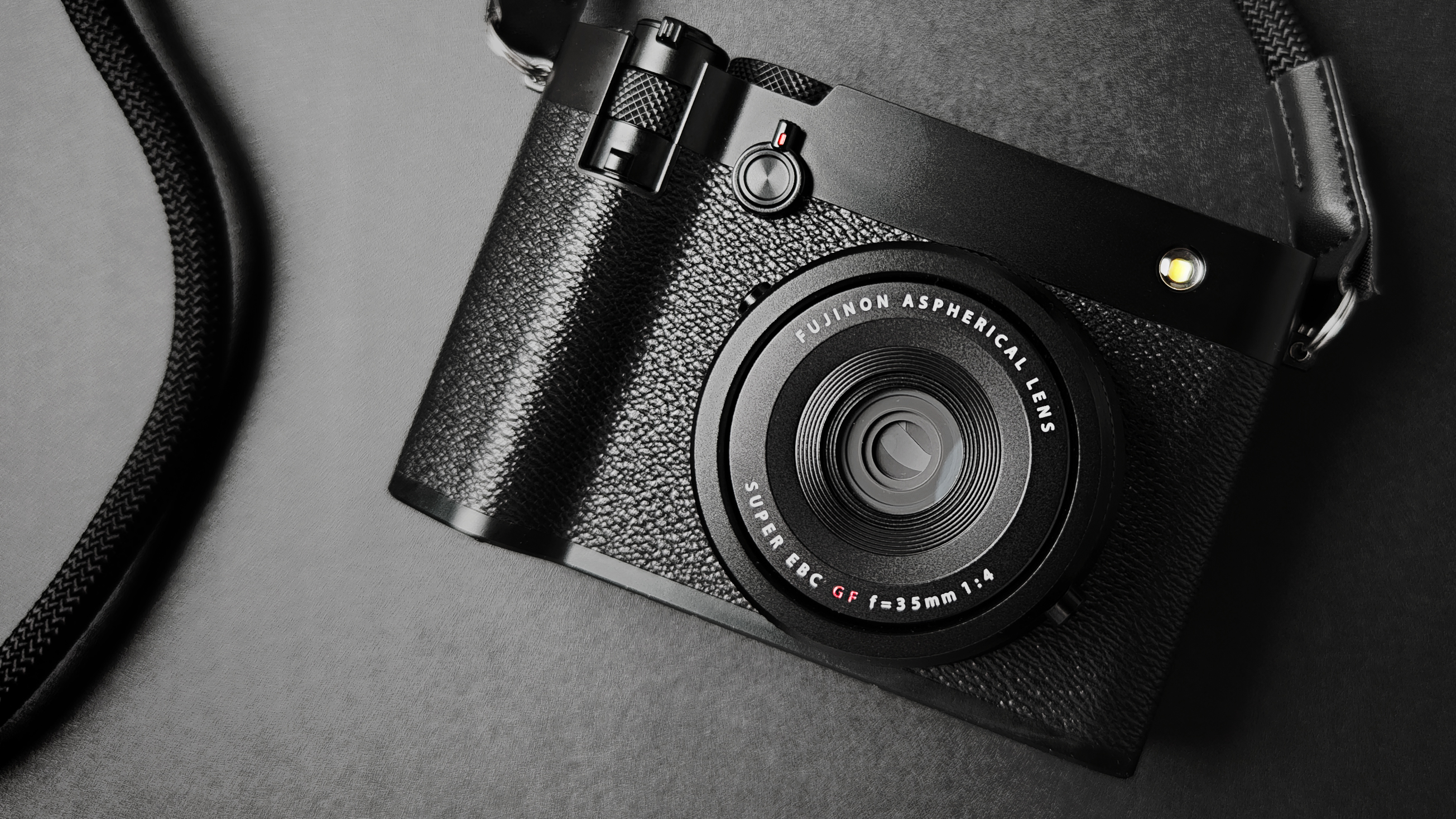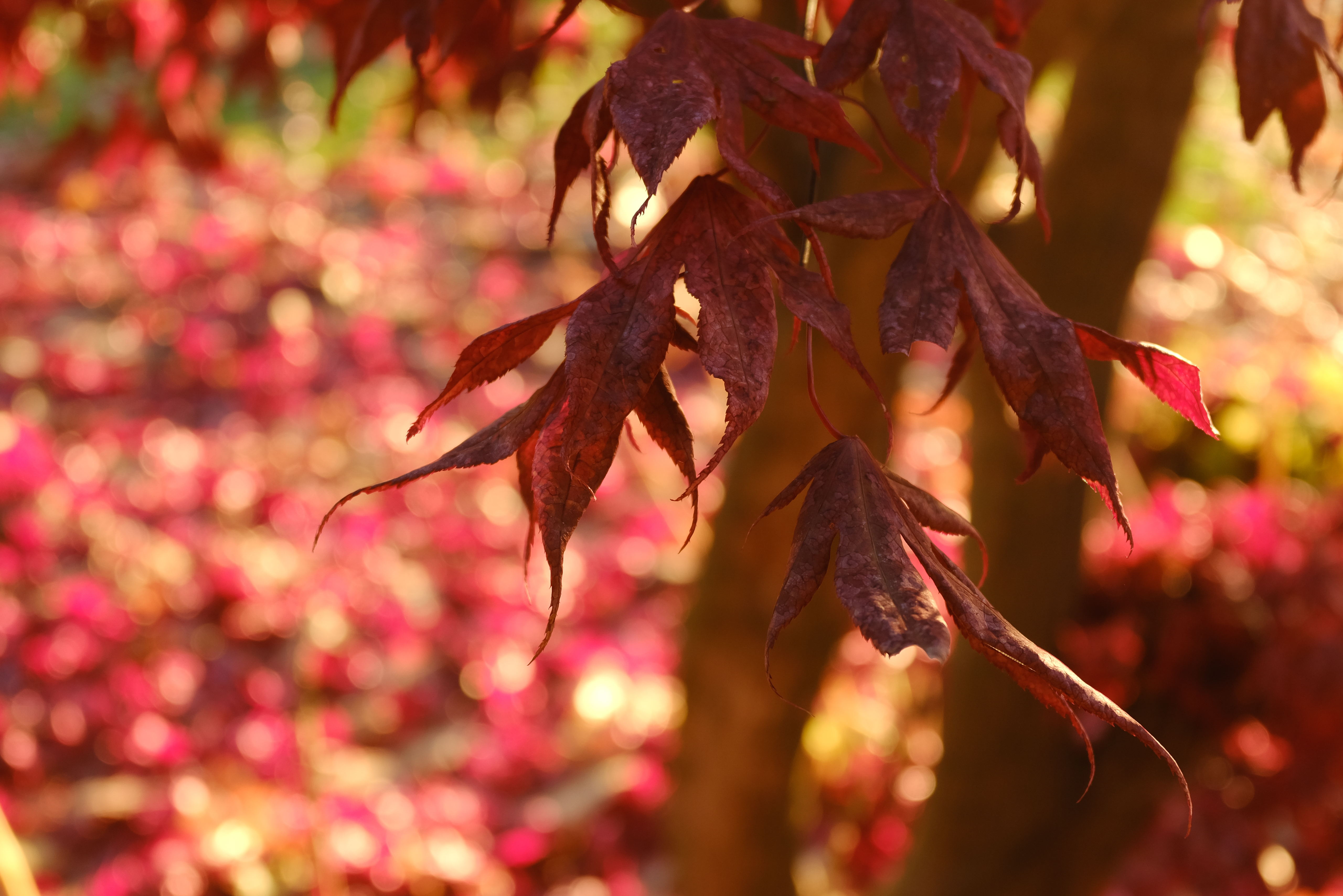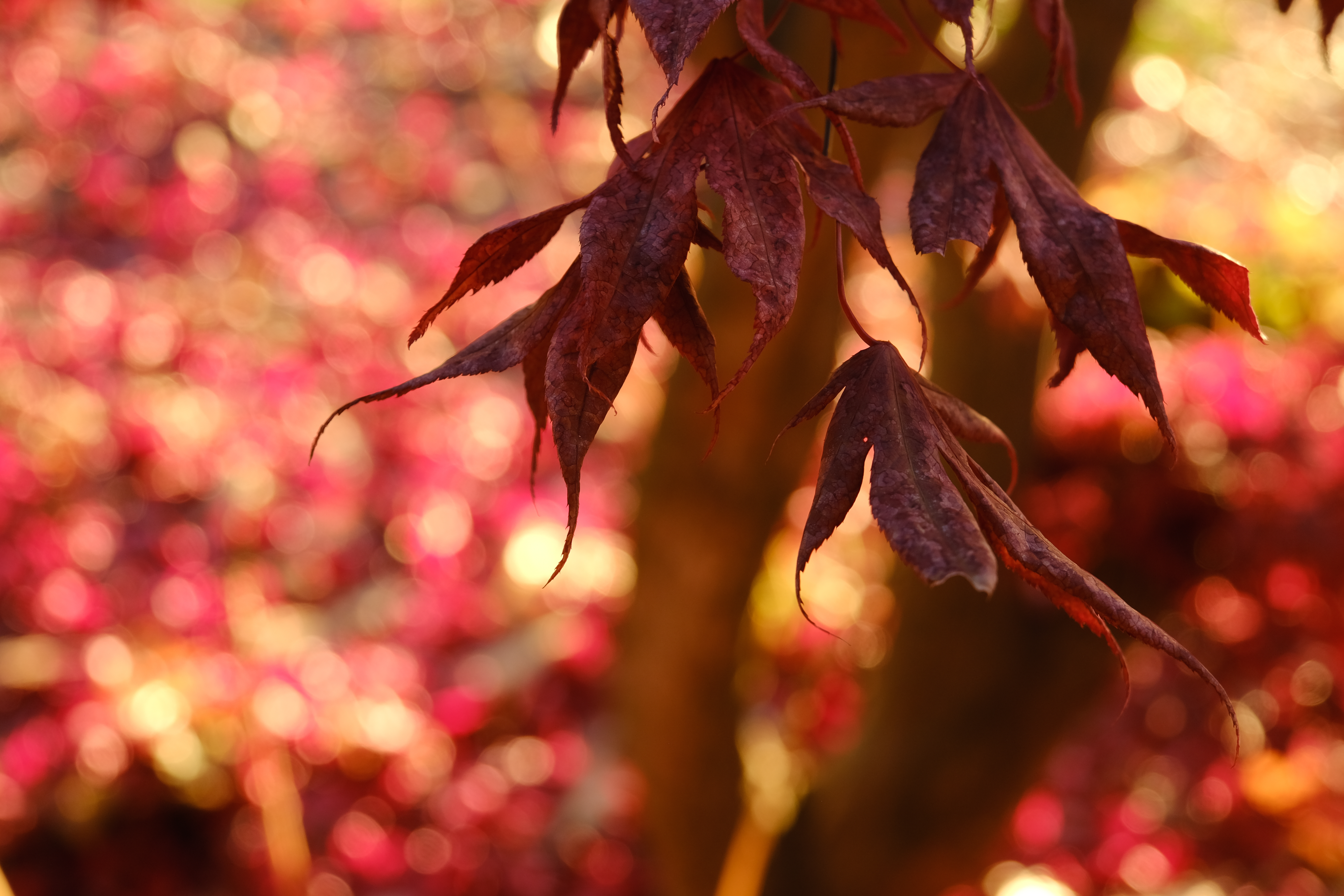I thought all digital zoom was terrible – and then I tried one on a 102MP camera. But, there’s still one key thing missing
If you're going to use digital zoom, use it on a 102MP camera with a medium format sensor

As I write about new camera launches, I often scoff at brags about digital zooms. A digital zoom isn’t a real zoom, I think, as I skip on to more important features. But as camera sensors blow past 45MP and even into triple-digit resolutions, I started to wonder if my disdain for digital zoom was misplaced in the modern era.
Wondering if perhaps everything I’ve been told about digital zoom is no longer true, I decided to put my beliefs about the lesser-loved zoom format to the test with a 102MP camera with digital zoom: The Fujifilm GFX100RF.
If there’s a camera that can handle digital zoom, it’s a high-resolution medium-format camera. The sensor in the Fujifilm GFX100RF is about four times larger than the brand’s APS-C sensors.
Fujifilm calls the digital zoom inside the GFX100RF a “digital teleconverter,” but let’s call a horse a horse, please: it’s digital zoom. The lens used remains a fixed 35mm, whatever digital zoom setting you choose.
If you shoot RAW files on the GFX100RF, you can even go in and "uncrop" the photo later, as the camera still saves the entire width of the sensor on a RAW file. That means if you change your mind about losing a bit of resolution later, it's easy to undo.

I usually shoot with the 26.1MP Fujifilm X-T4, and you can put four of those sensors side-by-side and you’d get a sensor almost – but not exactly – like the GFX100RF. Even using the maximum 80mm digital zoom on the GFX100RF, I get an image that’s about 20MP. I can’t exactly sit here with the X-T4 in my camera bag (and the OM System's 20MP Micro Four Thirds cameras among my favorite cameras for wildlife) and say that the 80mm mode isn’t a high-enough resolution, at least not for my needs.
Using the 80mm digital zoom, the resolution is still acceptable, far more so than if I had cropped in the images on my X-T4 as severely. The 50mm digital teleconverter – my favorite focal length – still has a resolution higher than that of my own X-T4.
The best camera deals, reviews, product advice, and unmissable photography news, direct to your inbox!
There, I said it: Digital zoom isn’t terrible on a high-resolution medium-format camera.
But while I may have warmed up to the idea of digital zoom on a high-end camera, I need to make one thing clear: Digital zoom is good on a high-resolution, larger sensor camera, but it still isn’t as good as optical zoom.
The digital zoom on the Fujifilm GFX100RF still has fantastic resolution, but swapping lenses on the Fujifilm GFX 100S II instead of using digital zoom is going to maintain all those 102MPs. Such a camera loses all the portability of the GFX100RF, but maintains the full resolution.
But, lenses are about more than resolution. To really discern the difference, I decided to take two photos side-by-side, one with the GFX100RF at 80mm, which is about 63mm on full frame, and one with the X-T4 at a similar focal length.
This wasn't an exact science, but more of a quick real-world side-by-side. The GFX100RF ends up as the lower resolution of the two at 5120 pixels wide, with the X-T4 at 6240. I was aiming for 42mm, but there's no 42mm mark on my zoom lens, so I ended up at 39.3mm, which is 59mm on full frame. I kept my feet in the same position, but the X-T4's zoom lens is a few inches beyond the lens of the GFX100RF, so the X-T4 was slightly closer to the subject. Like I said, not an exact science.
Nuances aside, take a look at how the two images compare:
I think the background is just a tad creamier on the shot with the X-T4, despite having a smaller sensor. That could be influenced in part by the front of the zoom lens being physically closer than the front of the GFX100RF's tiny lens – the closer you get to the subject, the more bokeh you're going to get. The X-T4 shot also looks a bit sharper to me, but it is the higher resolution shot.
The GFX100RF has changed my mind: not all digital zoom is terrible. Optical zoom will still win between the two in terms of sharpness, resolution, and perhaps even bokeh. But if you're going to use digital zoom, use it on a 100MP+ medium format camera.
Don't think of the GFX100RF as a medium format compact camera still has a 63mm lens inside. Think of the GFX100RF as a medium format camera with a 35mm lens that has eaten one of Fujifilm's 20MP APS-C mirrorless cameras, which it can call upon by toggling that digital teleconverter.
The GFX100RF is incredibly small for a medium-format camera (and I'm already dreading have to return mine, which is, sadly, a rental). No, the 80mm digital teleconverter won’t be as good as Fujifilm’s 80mm optics on a medium format mirrorless, but the camera is quite a bit smaller. Putting optical zoom inside the GFX100RF would have made for a much larger camera.
With such a high resolution, using digital zoom isn’t a terrible compromise to keep the camera small – but it’s not equal to actual optics.
You may also like
Read the full Fujifilm GFX100RF review, or see what I captured taking the GFX100RF and the X-E5 on a trip.

With more than a decade of experience writing about cameras and technology, Hillary K. Grigonis leads the US coverage for Digital Camera World. Her work has appeared in Business Insider, Digital Trends, Pocket-lint, Rangefinder, The Phoblographer, and more. Her wedding and portrait photography favors a journalistic style. She’s a former Nikon shooter and a current Fujifilm user, but has tested a wide range of cameras and lenses across multiple brands. Hillary is also a licensed drone pilot.
You must confirm your public display name before commenting
Please logout and then login again, you will then be prompted to enter your display name.

